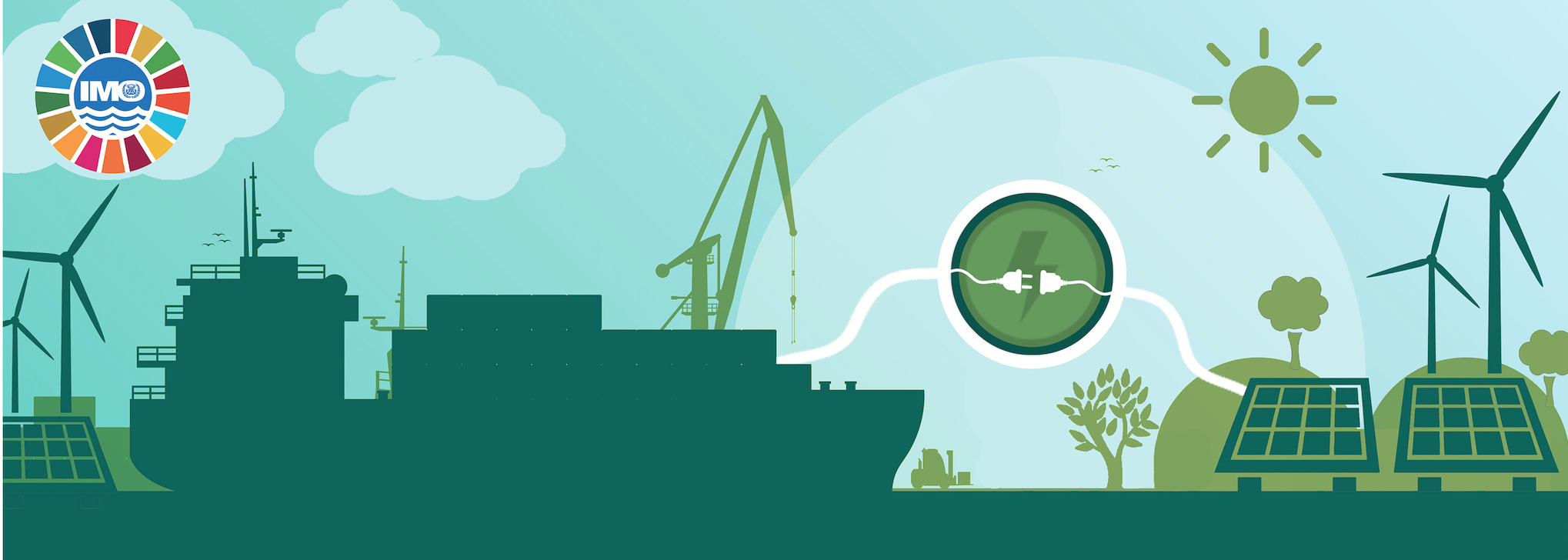
During COP28 in Dubai, leaders of the shipping industry signed a Joint Commitment agreement with strategic Green Hydrogen producers who agreed to produce over 11 million tons of low emission fuel for the shipping sector by 2030. The shipping industry is project to become the largest demand sources for Green Hydrogen by 2050.
Rasmus Bach Nielsen, Global Head of Fuel Decarbonization for Trafigura, said: “We will only achieve the deep decarbonization of shipping by switching to zero-emission fuels derived from renewable-based hydrogen. As one of the world’s largest charterers of vessels, the commitments we are making alongside others should encourage investment by ports and port enablers serving shipping routes to invest in the necessary infrastructure. This in turn will help further incentivize the production of green hydrogen and hydrogen-derived fuels for use in shipping.”
“Regardless of what other future-fuels eventually come into play, green hydrogen and green fuels derived from it will undoubtedly play a major role in all scenarios. At MAN Energy Solutions, we strongly believe that shipping is the ideal enabler for a hydrogen ramp-up, consuming as it does around 300 million tons of conventional fuels annually,” said Uwe Lauber, CEO of MAN Energy Solutions. “Currently, our subsidiary – H-TEC SYSTEMS – is building a manufacturing facility for PEM electrolysis stacks for green hydrogen, which will add to the necessary scaling and market for zero-emission fuels. We are happy to add our voice to the growing alliance pushing for marine decarbonization.”
The IMO’s 2023 revised Strategy sends a strong signal and has significantly reduced the risks, and raised the opportunity for those at the forefront of transition. The Strategy also creates a window of opportunity in the period from now until 2027 to maximize preparedness and alignment to the rapid transition to zero emissions the IMO’s mid-term measures are expected to drive. Specific needs to maximize the momentum built during this period include:
Rapid growth in positive investment decisions, both by suppliers (producers) and users (fleet owners/operators), related to zero emissions fuels.
Initiatives for further early adopter demand aggregation, both within sector and across sectors.
Auction mechanisms for the buyer-side of green hydrogen.
Further development of regional markets with a public sector actor linking early supply and early demand to improve both price and demand volume certainty.
Scaling up volumes to enable global spot prices for key green molecules (e.g., green hydrogen and green ammonia).
Both public funding capex support, especially for lowering green hydrogen production cost, but also demand-side opex support (e.g., support for use of green hydrogen and hydrogen-derived fuels).
National and regional actions that support lower income country opportunities (both for supply and demand side), and clarification from development banks as to how they will support early zero and near-zero GHG maritime production and use in lower income countries.
In particular, close collaboration between green hydrogen producers, shipping actors and policy makers - exemplified by these joint statements - is therefore vital to engender the confidence of actors on the ground - whether national governments or ports - to further build the enabling conditions and investments that will deliver the transition.
The signatories of this joint statement include some of the largest green hydrogen producers and some of the largest and most influential actors in the maritime value chain. Through our collective action and cross sector cooperation we are committed to ensuring shipping’s zero emission transition happens smoothly and swiftly.
Source: ClimateChampions